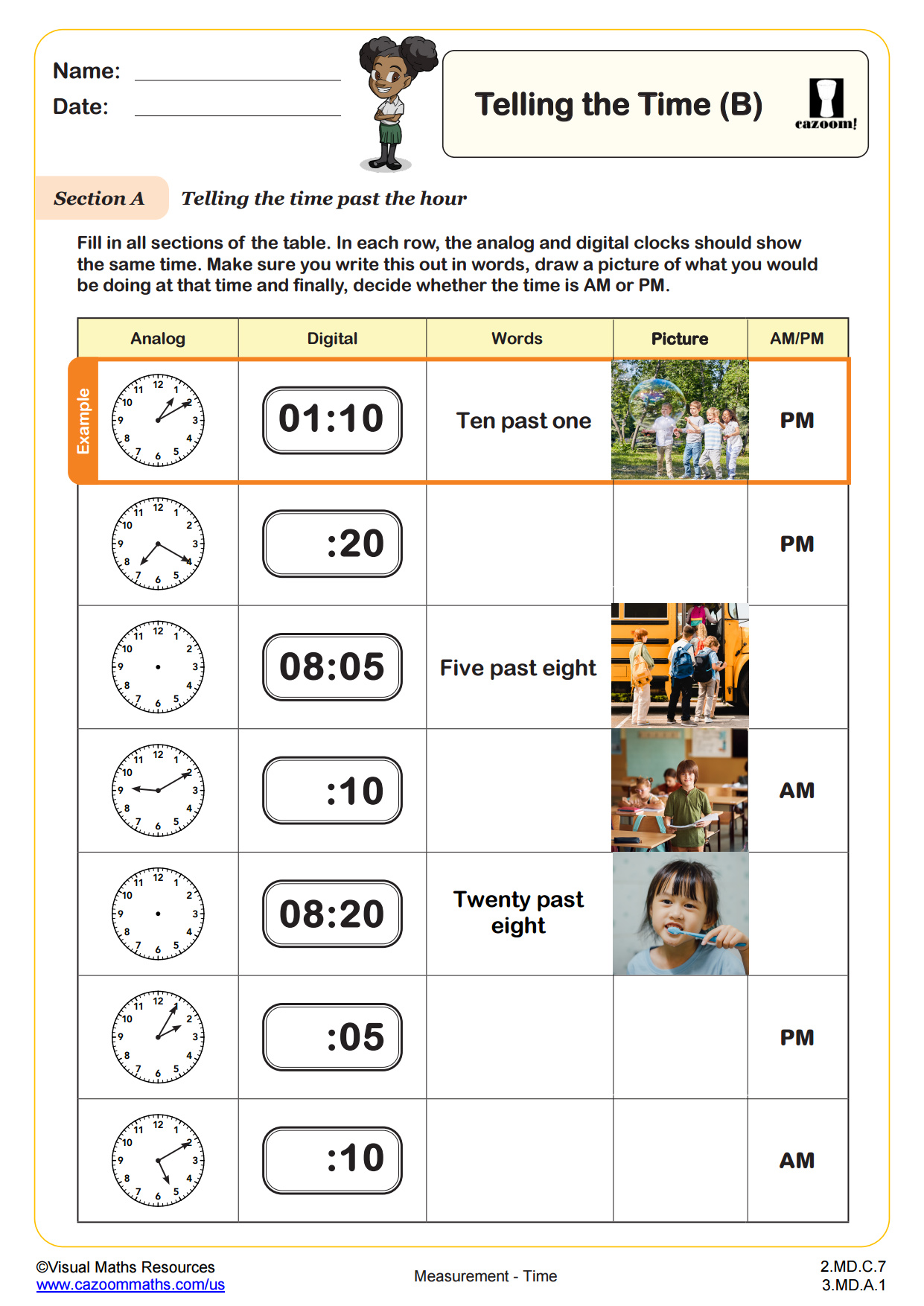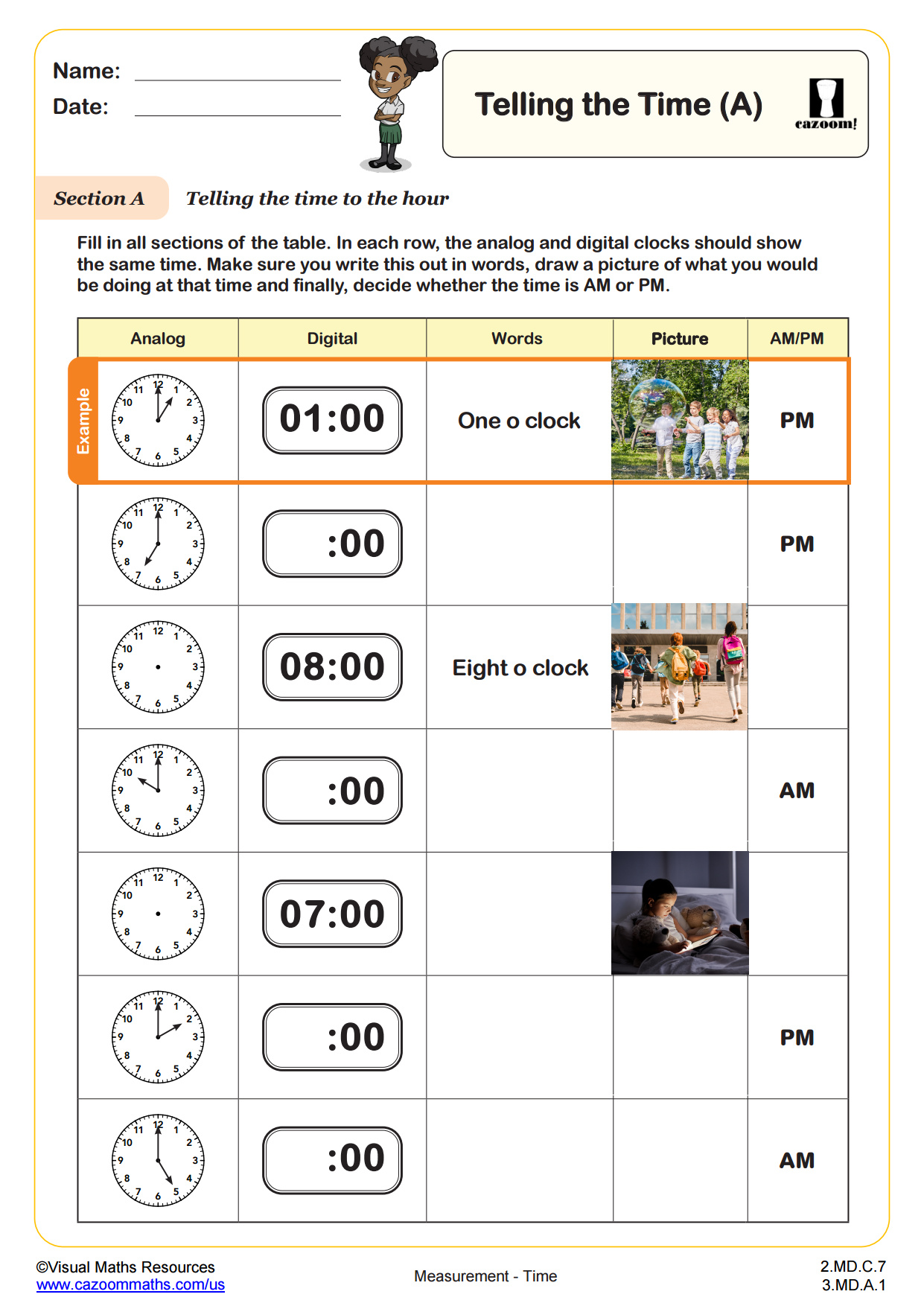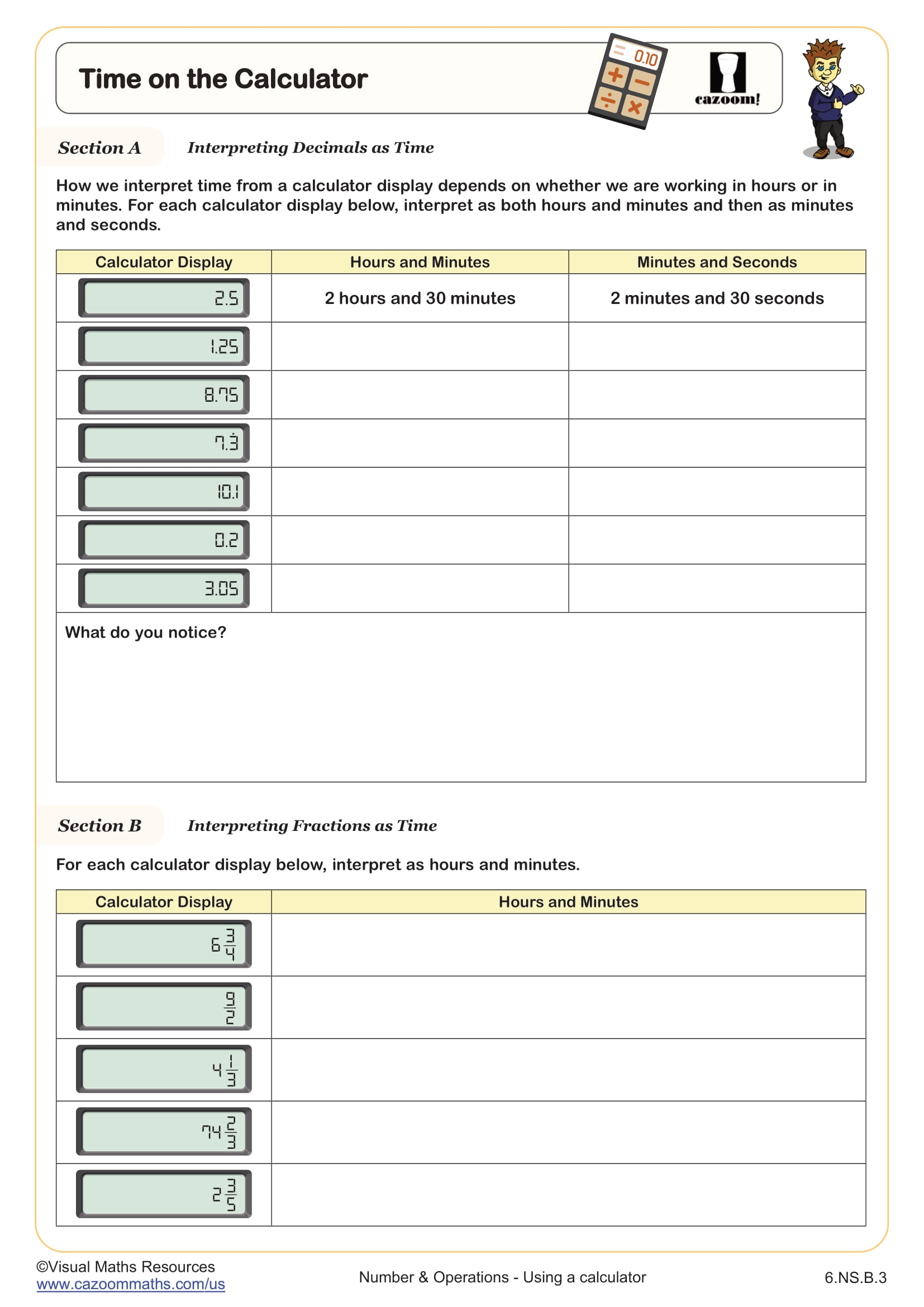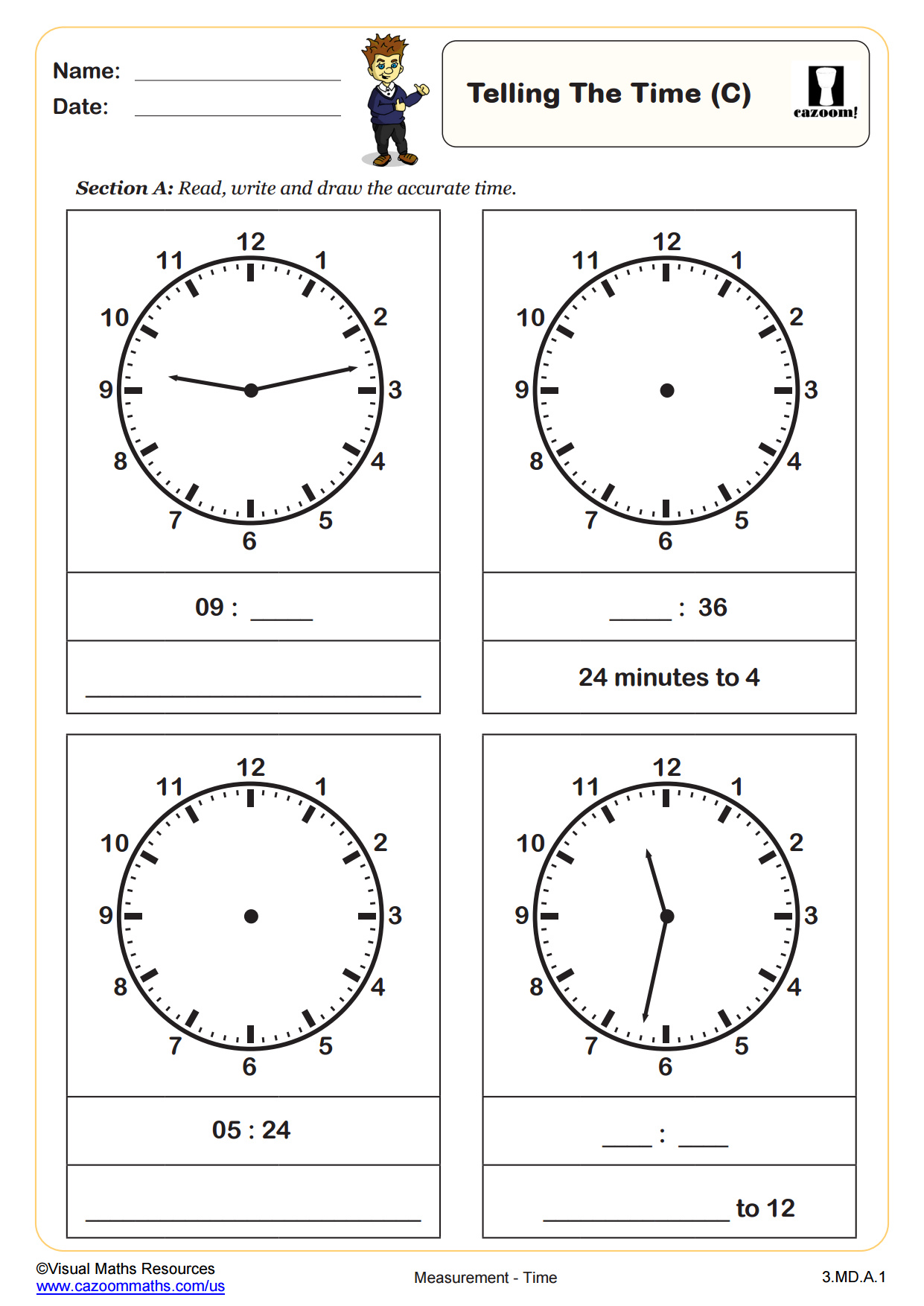Telling the Time RESOURCE (FREE DOWNLOAD)
Telling the Time RESOURCE DESCRIPTION
This printable PDF aids in practicing telling the time, with images of the minute and hour hands to cut out and place on a clock face for flexible use.
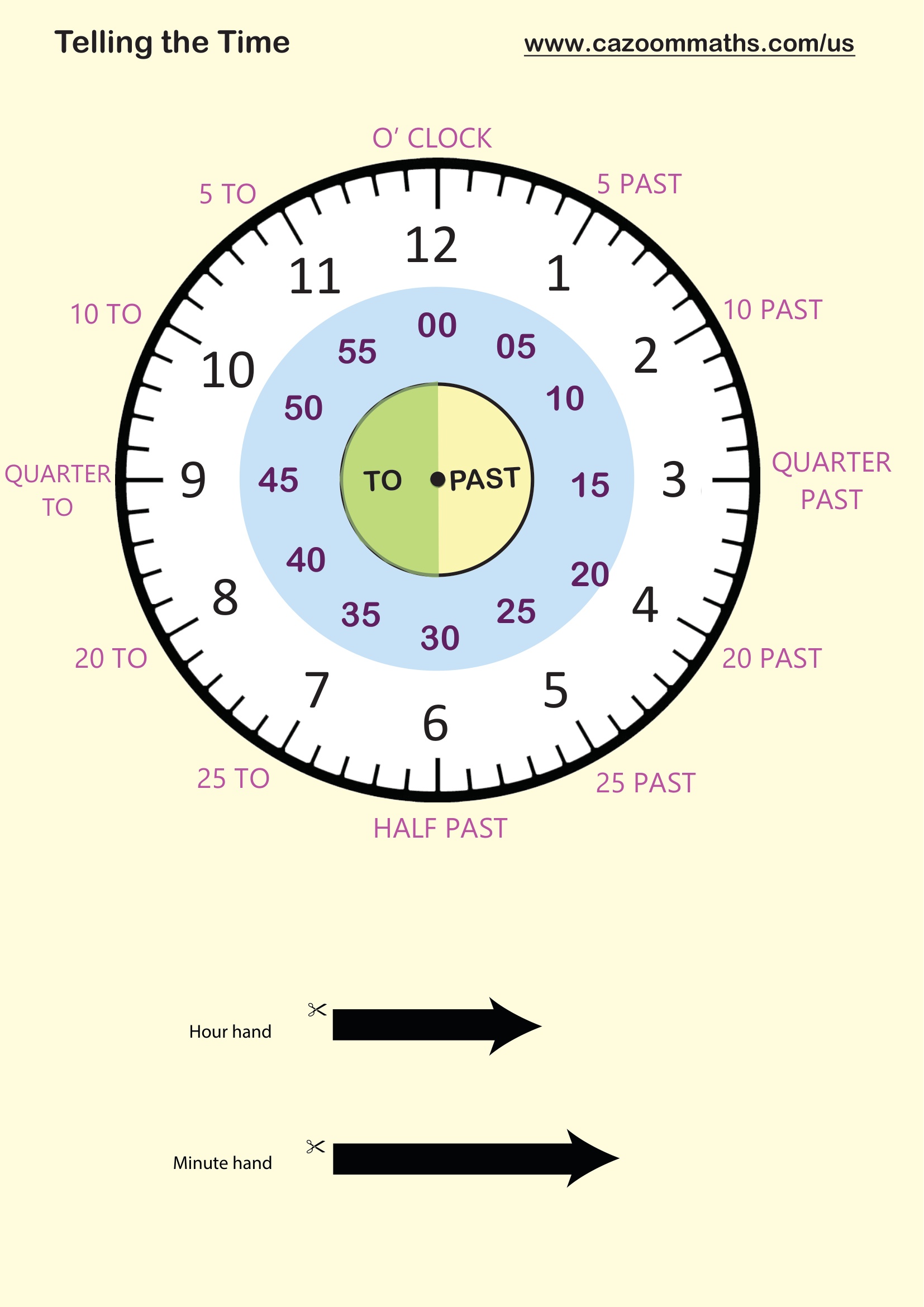
RELATED TO Telling the Time
Telling the Time
What is the resource?
This PDF provides activities and explanations focused on reading analog clocks. Best for young learners struggling with this critical life skill.
Why does telling time matter?
A child's day depends on it, but learning it isn't as intuitive as we assume:
- Routine & structure: Getting up 'by 7', and knowing a playdate ends at '4' gives kids self-management tools.
- Understanding 'duration': How long 'til bedtime? It makes sense when clock hands show a change.
- Travel & schedules: Reading bus times, even TV guides often use analog or mixed time displays.
- Builds number sense: Counting in 5s, using 'past' / 'to' reinforces broader math & problem-solving skills.
Why is this resource helpful?
It breaks down clock-reading into clear steps, making it less of a jumbled mystery:
- Focus on the hour hand first: Minute intervals overload new learners, here they master one tricky bit solidly.
- Varied task types: Includes matching, reading, and some drawing = keeps practice varied & fun for long focus.
- Visual & Written: Supports those who learn better by seeing as well as by following text instructions.
- Printable PDF: Allows teachers to personalize by offering only certain pages per student; great for home review.
This 'decodes' clocks so they seem approachable! Learners gain independence by figuring out when activities happen within their own day, motivating further practice.
Explore our extensive range of worksheets designed to help your students practice their skills related to time-telling. These teaching resources and worksheets are in PDF format and can be downloaded easily.
